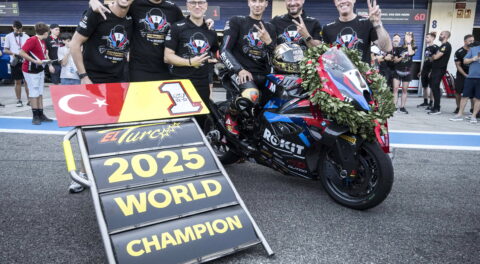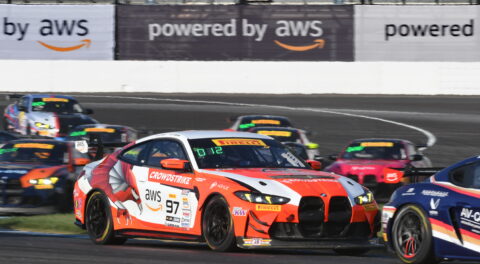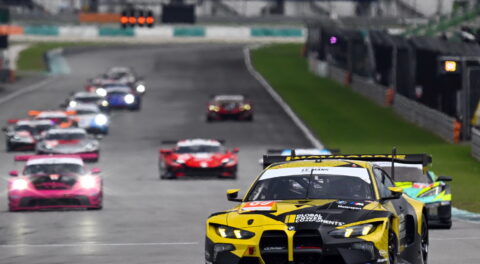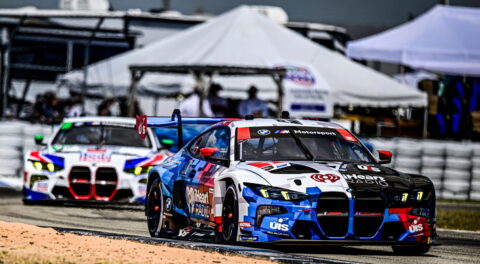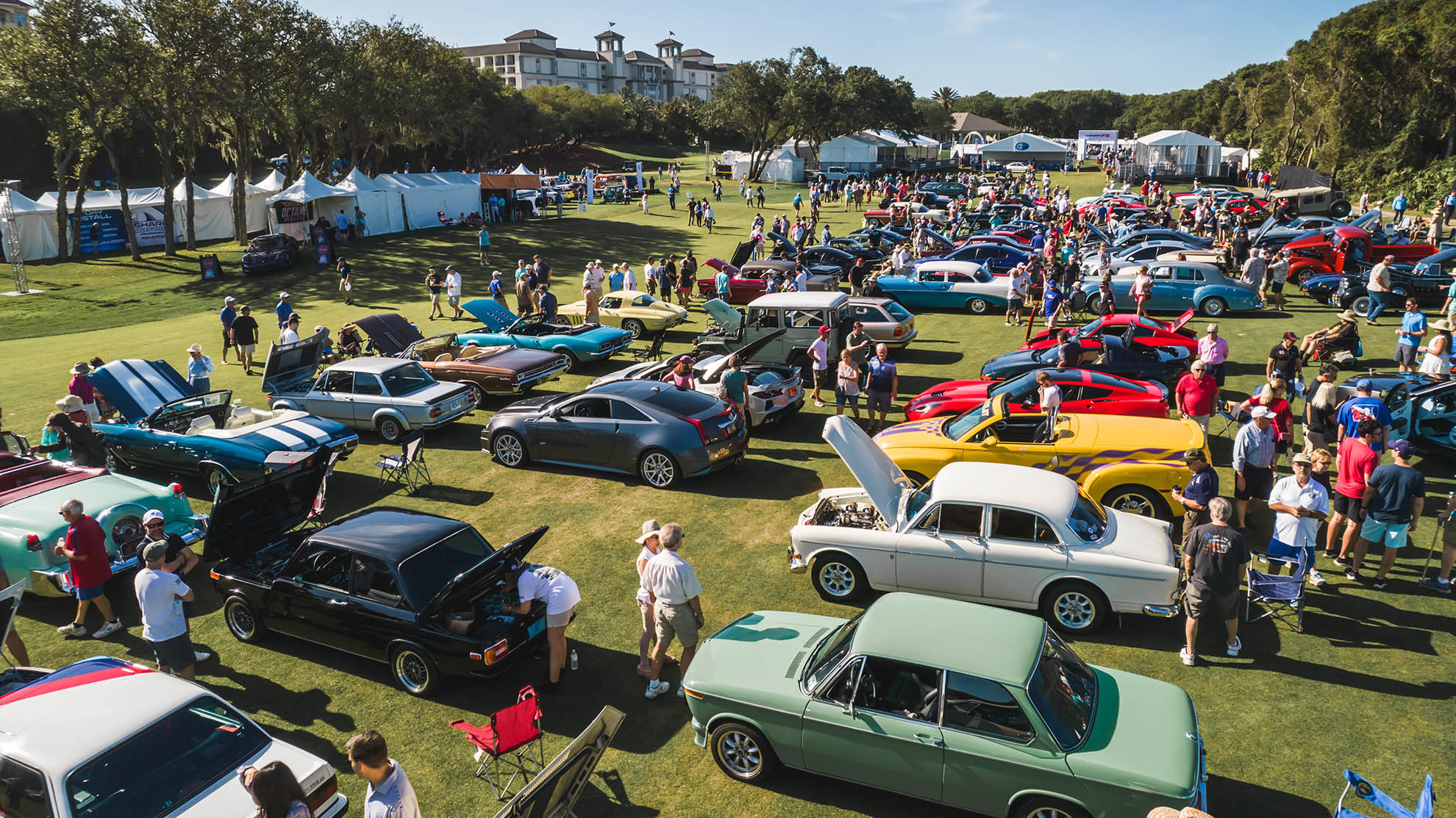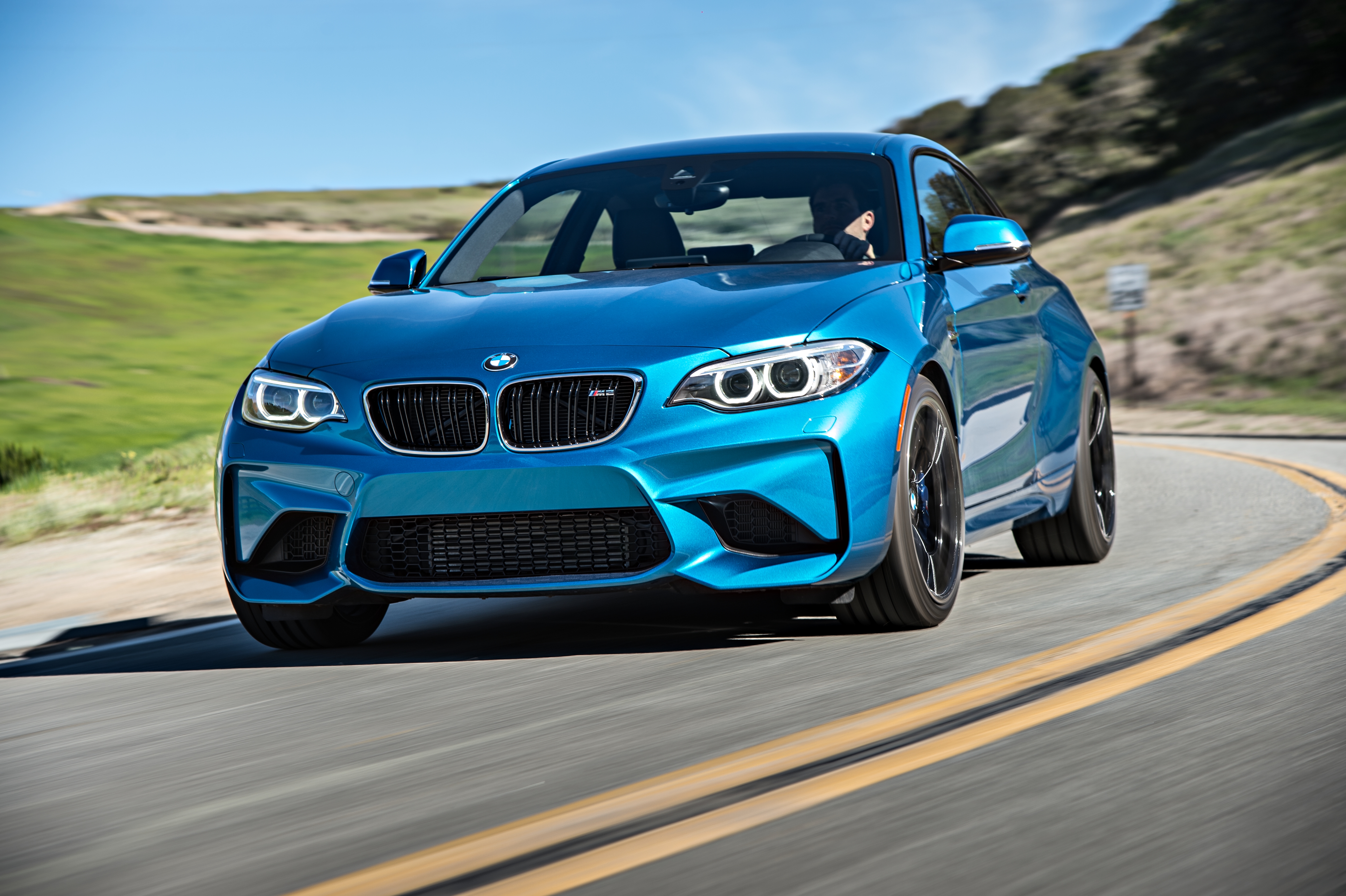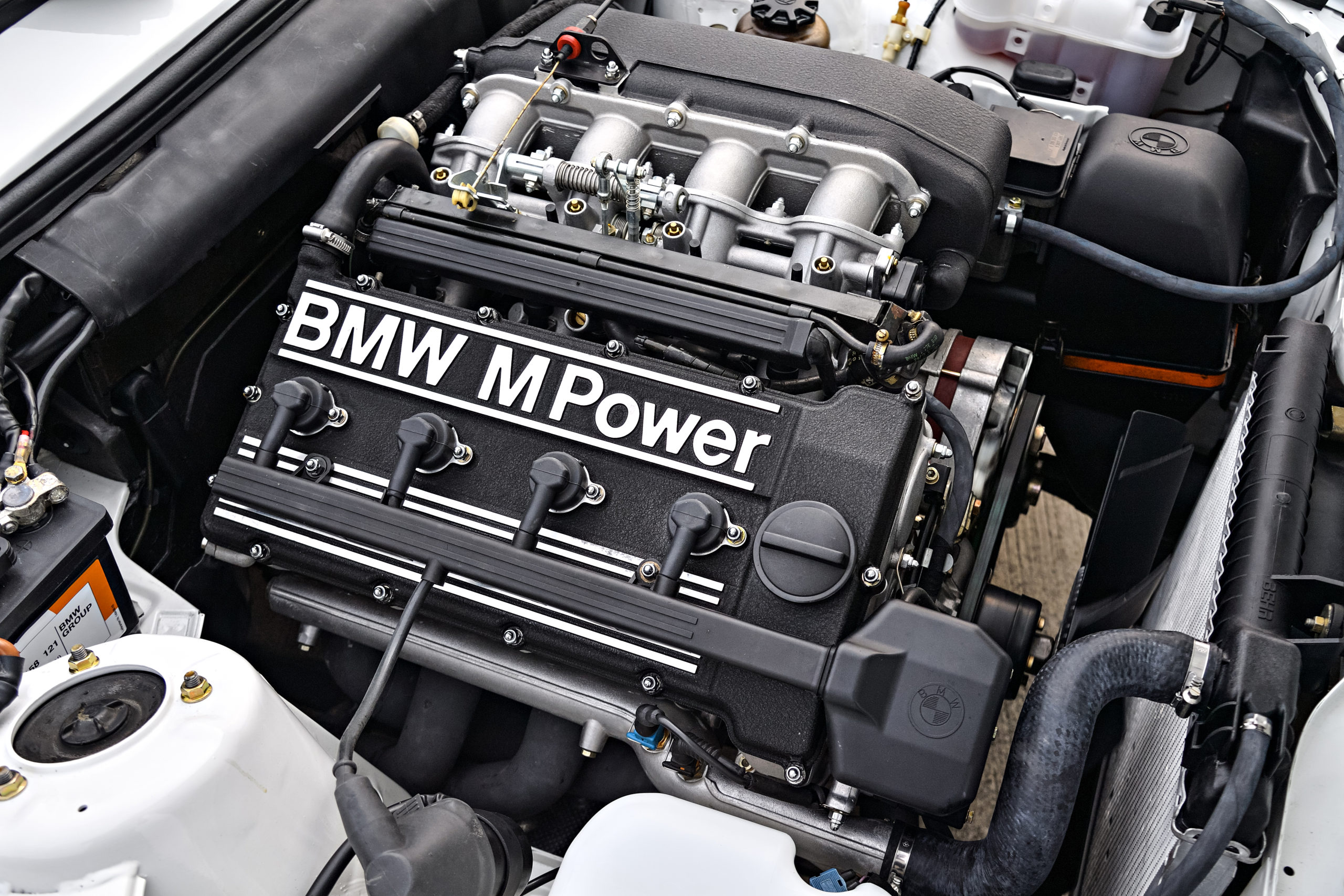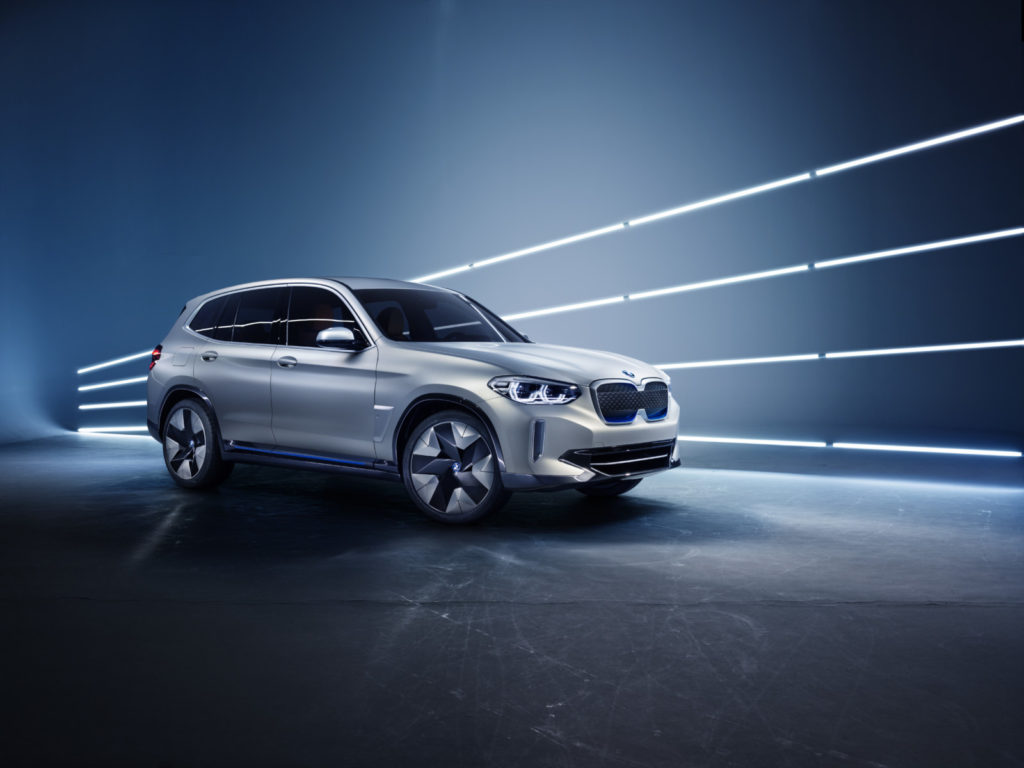
When it comes to BMW’s next-generation EV efforts, it is models like the i4 and more importantly, the iX3, that are expected to be the volume sellers. Although much of the marketing efforts have been placed squarely behind iNext, that model is expected to be sized comparably to the X5, and for much of the last two years, the X3 has been the most popular BMW model in the U.S. by a long shot. Currently offered in its third generation, somewhere between 5,000–6,000 X3s are sold every month in the U.S., and it’s clear that the current generation has what customers want in a vehicle.
The X3 xDrive30e hybrid is on its way as well, with battery production at BMW’s largest production facility in Spartanburg, South Carolina having been substantially increased earlier this year. Over the last few years though, the market has demonstrated a willingness to give EVs a fair shake, and this is what makes cars like the iX3 so important. iX3 production is scheduled to take place exclusively in China, with BMW’s majority-owned partnership Brilliance handling manufacturing at its Shenyang facility.
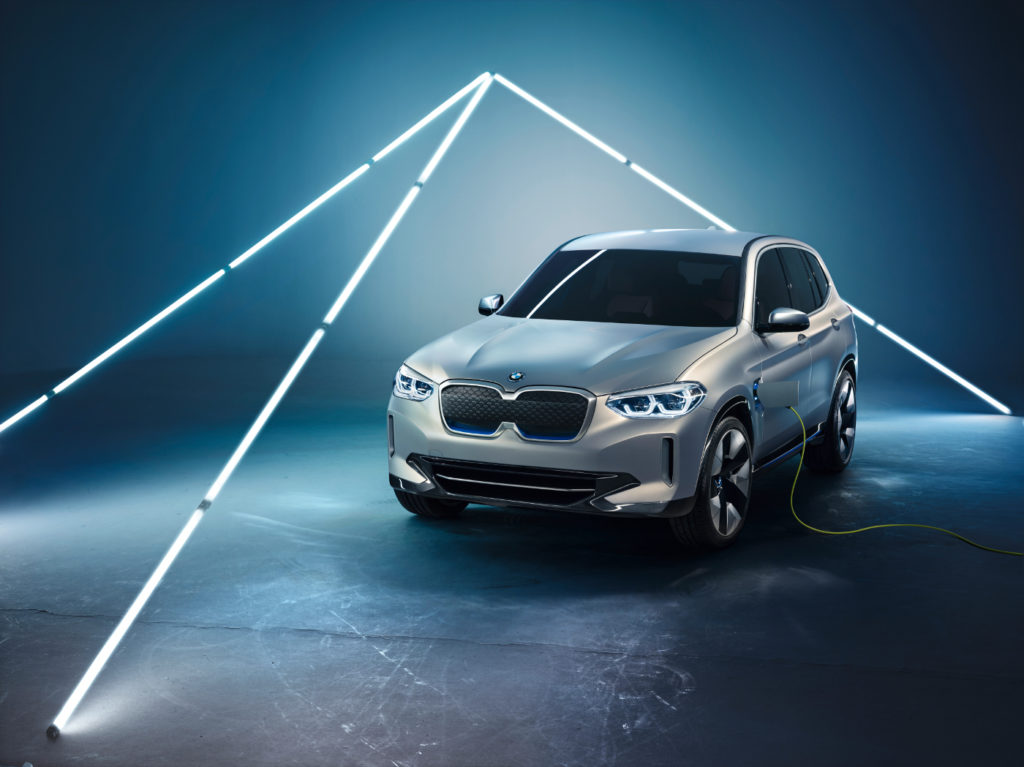
When it comes to specifications, the iX3 (along with the i4 and iNext) employs fifth generation BMW eDrive technology, and will have a range of more than 270 miles when equipped with a 74-kWh battery. Official EPA numbers are expected to be a bit lower, of course, but these are respectable figures for a BMW EV with conventional (crowd-pleasing) styling that will cost a good bit less than the most accurate comparisons currently on the market, the Tesla Model X and Jaguar I-Pace. The Jaguar and Tesla seem like they will still offer better performance, but the iX3 has the potential to be a strong value proposition when it comes to price, range, and overall utility in a familiar package. Power and torque figures are always questionable when it comes to EVs, but BMW is listing maximum output of 286 horsepower and 295 pound-feet of torque, which slots of the iX3 nicely against the gasoline B48-powered X3 xDrive30i, which is currently selling in exceptional volume.
Interestingly enough, Jaguar and BMW are collaborating on EV drivetrain development, and it’s also been strongly speculated that future Jaguar models could use BMW engines. No one knows for sure when it comes to the two automakers, but the fifth-generation BMW eDrive technology at work in the iX3, i4, and iNext boasts a strong cost-saving advantage of not requiring rare-earth metals in its construction, the world’s supply of which is controlled by China.
Although the hard numbers remain to be seen and we won’t know anything for sure until the EPA figures are released, the iX3 is shaping up to be a strong proposition. By the time it arrives, competitors may well have come out with something better in any variety of ways, but the entry-level BMW SAV lineup will nonetheless offer options for drivers wanting anything from a fire-breathing 500-horsepower model to something as efficient as the iX3, with various other gas and electrified models available in between. iX3 production is scheduled to commence in 2020.—Alex Tock
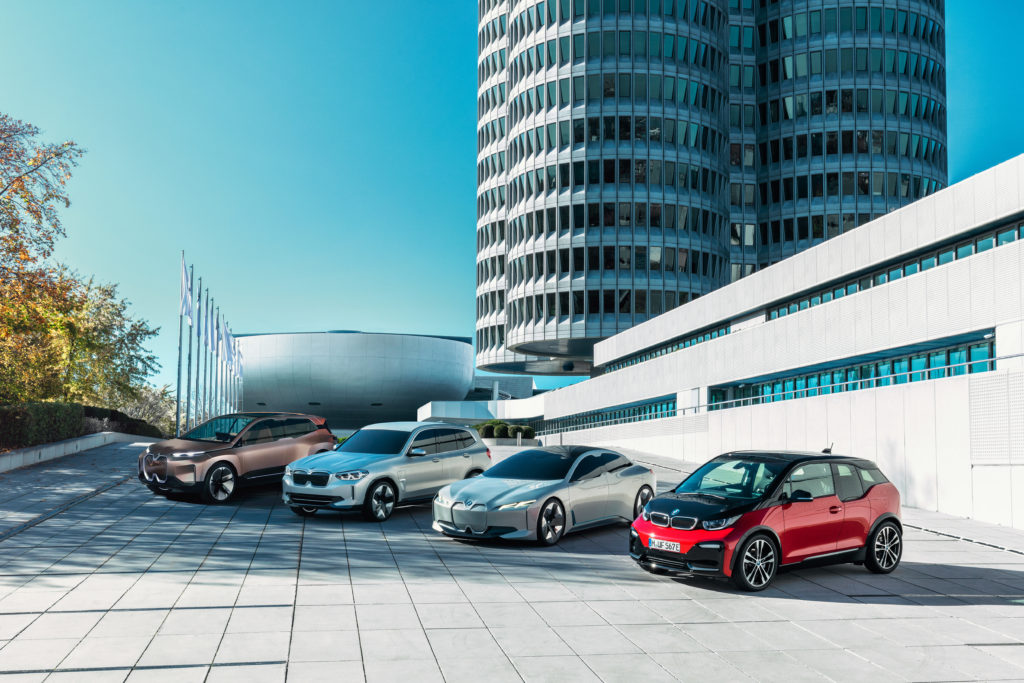
[Photos courtesy BMW AG.]

